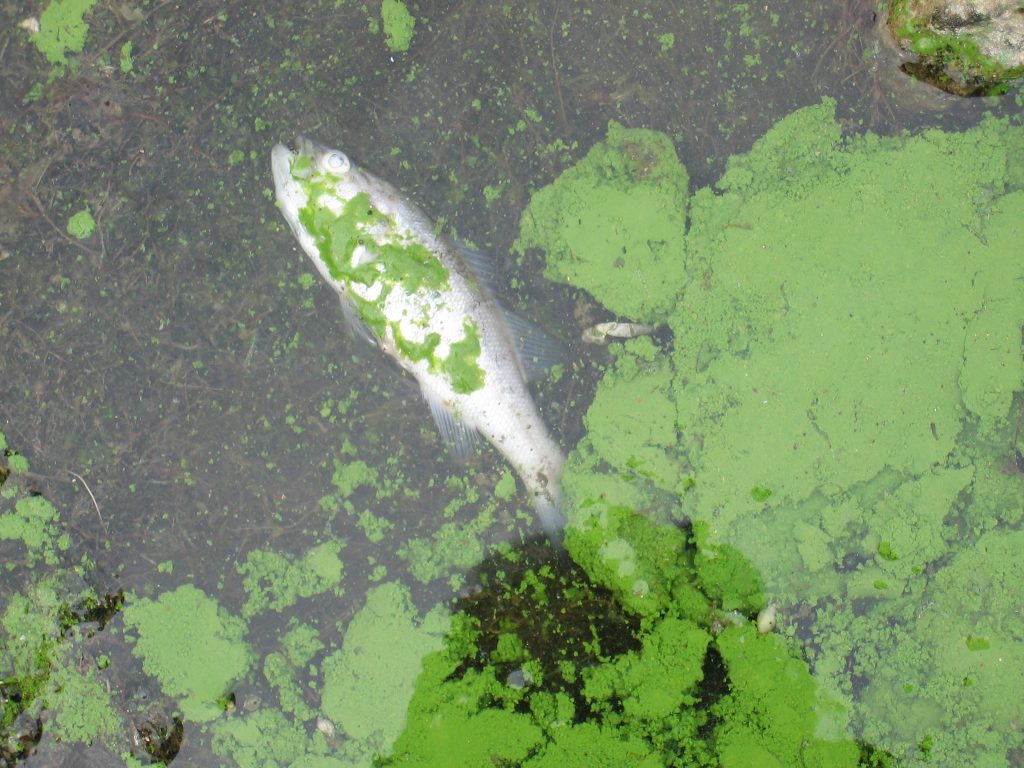
Bring Awareness
Microalgal toxins and their chronic effects need to be recognized as major threats to animal health, sustained fisheries, endangered species, and ecosystems.
Image: Dr. Jennifer L. Graham | US Geological Survey / eutrophication&hypoxia on Flickr (CC BY-NC-ND).
Algae Blooms
Non-toxic species can cause impacts including loss of shellfish, loss of habitat, seagrass die-backs, hypoxia, and altered food web interactions.
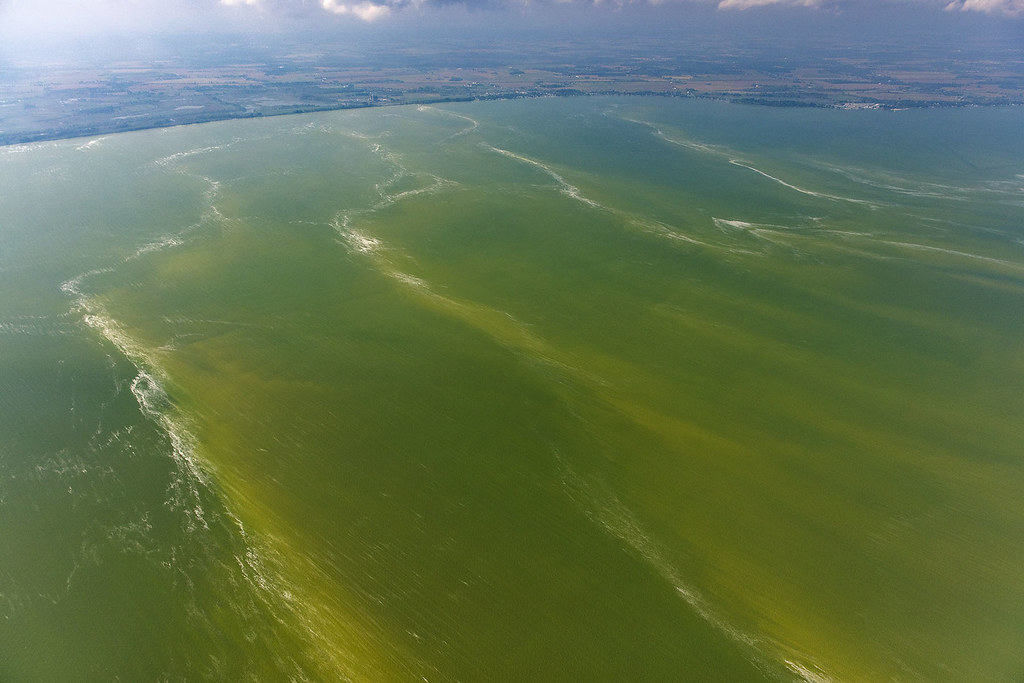
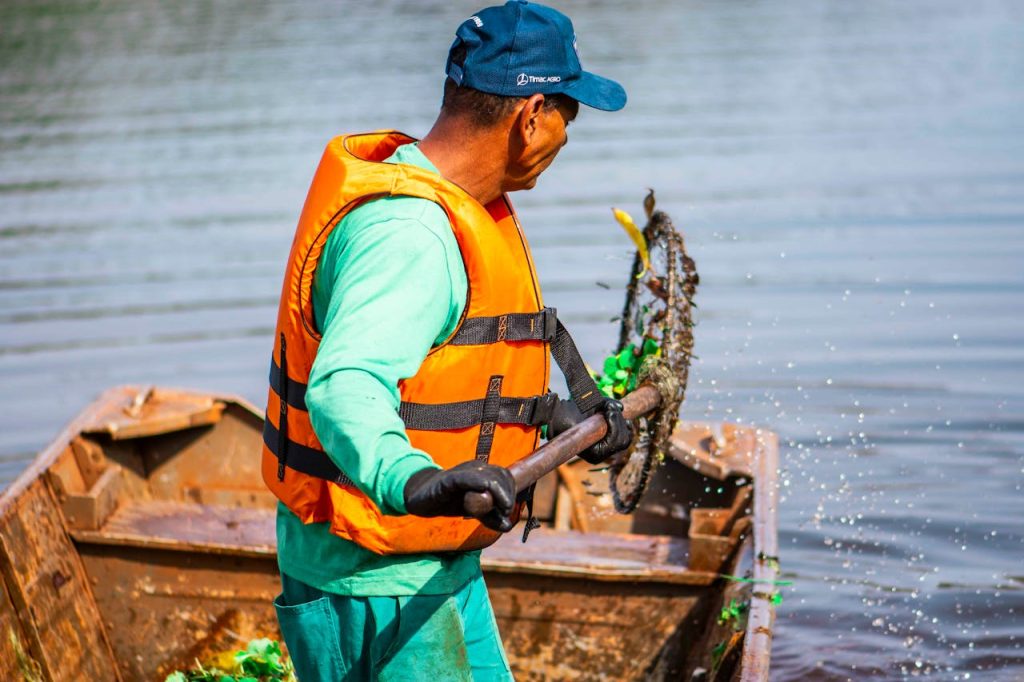
Toxic Cyanobacteria HABs
Toxic cyanobacteria HABs are a significant threat to the security of freshwaters. Guanitoxin, a naturally occurring and lethal cyanotoxin, can cause HABs in lakes and can affect people’s nervous system.
Non-toxic Algae Blooms
Even if algal blooms are not toxic, they can negatively impact aquatic life by blocking out sunlight and clogging fish gills.

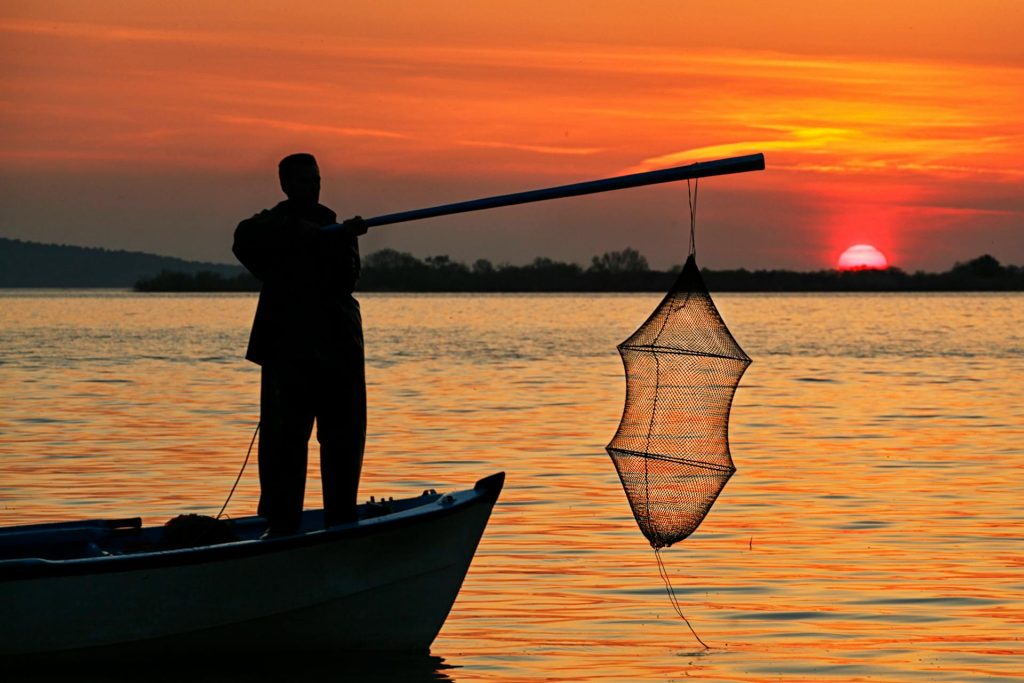
Subsistence Fishing
Subsistence fishing communities are at high risk from harmful algal blooms (HABs), which produce toxins that contaminate fish and shellfish. These toxins can lead to severe health issues, such as cancer and liver failure.
More Problems
Harmful algal blooms can also create “dead zones,” areas in water with little or no oxygen where aquatic life cannot survive.
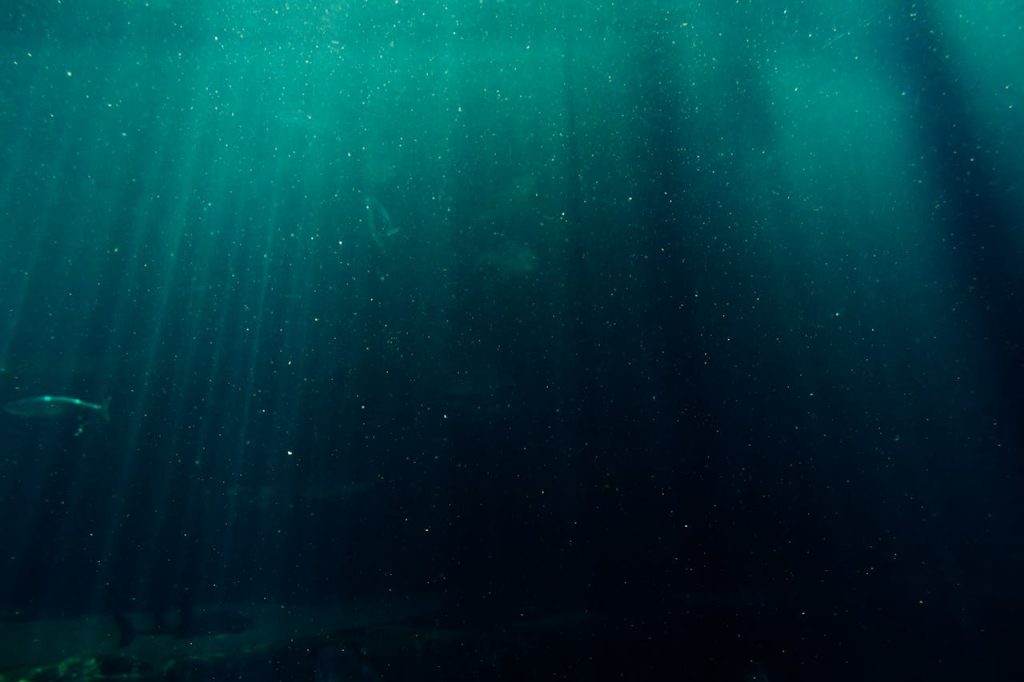
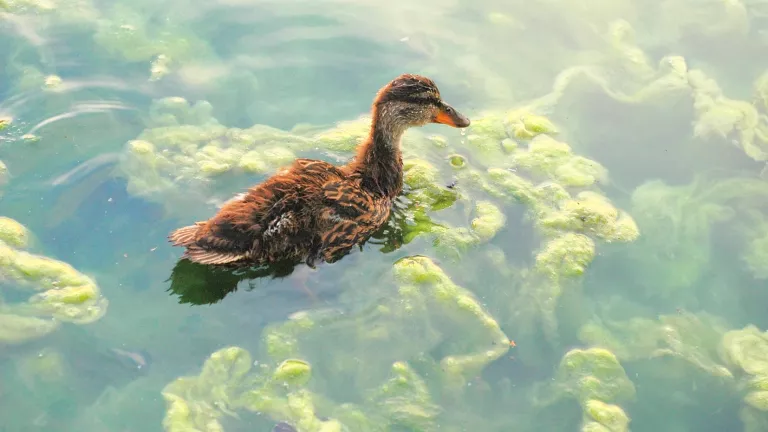
A Growing Problem
Increases in water temperature with climate change are expected to increase the magnitude and duration of cyanoHABs.
Image: Illinois EPA
Effect on Tourism
Visitors are not able to enjoy the coastlines many areas are famous for, and counties lose revenue from the decreased tourism.
Image: Ruben Earth

$22m
Dollars in damages per algae bloom event
45%
Of reported algae cases are 18 years ago or earlier
400,000
People lost access to clean drinking water due to an algal bloom in Toledo, Ohio
8M
Fish died in Norway from an algae outbreak
372
Harmful algae outbreaks have been reported in 2022
All 50
States have experienced harmful algal blooms
92%
Of animals that have gotten sick from algal bloom have died
$2.7B
Lost by Florida in tourism due to the red tide bloom
35%
Decline in monthly revenue